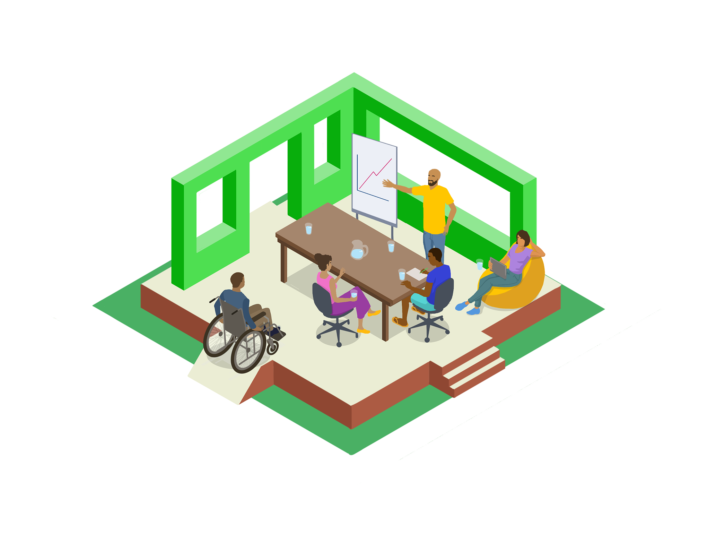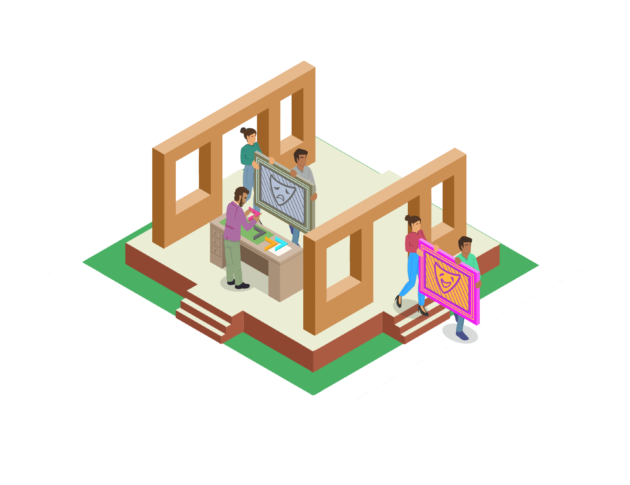21 February 2022 / Share
Resilience by Design Chapter 12: Lifestyle

In the final chapter of Resilience by Design, we explore the broad term of “Lifestyle”.
Lifestyle, like life itself, is a continually evolving outcome of our interactions with others and the external environment that we inhabit and co-create.
A lifestyle by design maximises individual agency. It builds on our ability to reflect on the past and present, and to imagine the future. Ultimately it is about taking action to shape our course through life.
We often hear from people who seem to have an almost obsessive focus on work-life balance. The term implies that work is somehow separate from life, and that quality of life somehow depends on finding the ideal balance between them.
Lifestyle by design is much more than simply divvying up time and resources to create a neatly balanced ledger. It includes questioning our values and how we assign meaning to what’s important in life. It’s about allocating attention to best reflect our highest priorities. This sort of prioritisation and re-prioritisation is often more akin to triage than to balance.
Most people, at some point or another, accept or even plan for a deliberate imbalance for a period of time. This allows them to get ahead in one facet of life at the expense of another. They triage, allocating time and resources to specific needs and outcomes. We spoke to Vinay Nair, co-founder, CEO and Chairman of Tifin Group, about how he manages his enormous portfolio of different roles. The Tifin Group has 10 operating companies and 120 staff across 4 time zones. He also has a professor role at Wharton University, and advises at JP Morgan.
Ebbs and flows
It’s true to say that I often struggle to manage all my workload. Though if it feels like a struggle, I’m not thinking clearly about managing it. I hesitate to use the term ‘manage’ because that makes all of life seem like work. Undeniably there are some less exciting days than others, but I mostly find great satisfaction in the number of roles I have.
To stay on top of everything, as a general rule, I try to seek moments of fun and excitement each day, whilst also putting my focus on three principles: purpose, relationships and ideas.
For purpose, the question is, am I being of service, having humility and ‘not thinking less of myself, but thinking of myself less?’
Are my relationships, be they work or social, meaningful?
Does the task or activity drain or energize me? If it energizes me, I aim to do more of it. If it drains me, then I find better ways to engage, or I pass it to someone who would appreciate it.
It’s obvious that we put more time into what we enjoy doing, rather than what we don’t.
With these three guiding principles, Vinay is able to check in with just about any type of activity, be it work-related or not, and find out very quickly if it’s something he should be doing more or less of. Taking a moment to consider what your own principles might be in this context can be a great way to fast-track decision making.

I previously ran the business from our home city of New York. Over time I realized that New York was draining me of energy for far too long, and that I should try a change of scenery by moving to the mountain town of Boulder, Colorado. Some people thought it was an extreme move, but I assessed the downside and worse case, concluding that we could always move back to NYC, and if we did, it would be with a new appreciation for our life there.
Taking a family or a firm to a new city can be difficult because people dig their heels in. What I realized with our move is that I was so busy convincing others of the move, I forget to notice or find issue with my own changes!
It is easy to spend time thinking about the perceptions others might have of our decision making and life choices, rather than what we actually want for ourselves.
When it comes to my kids, my priority is not how much time I am with them, but more the consistency that they can rely on. When I’m with them I’m really with them and not splitting attention.
My work volume ebbs and flows between busy or very busy and my team religiously apply the approach from the book, “Measure what matters.”
As a rule, our staff are allowed no more than 5 objectives and no more than 3 key results in a week. Focusing on 1-3 tasks every week is enough, especially if at least one high-value task is completed every week. We’re also trialling a new rule of no work (including calls or messages) after 5.30 pm. It’s important that people are able to make the most of their work and non-work time equally.
Working in this way ensures that the work that is most critical or high-value gets done. As author Greg McKeown puts it in his book “Essentialism”: “Less, but better.”
If you look back on your life in 5 years’ time, it’s highly likely you will be in a position that was impossible to predict. The best we can do is work on the present and plan for downsides. And always be prepared for the unexpected!
Maybe in 5 years, I will have moved to my dream lifestyle, which will involve lots more travel and time with friends. I’ll no longer be involved with hiring and firing and… I will have stopped taking life so seriously!
Until then, it’s always a work in progress.
Lifestyle by Design is an iterative, ongoing process. At Frontline Mind, most of us do one with our families every 3-6 months, checking in with what is most important at any given time, and making adjustments as needed.







